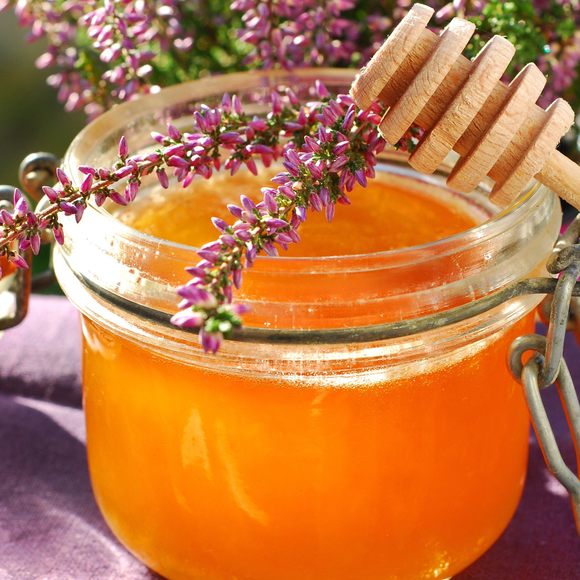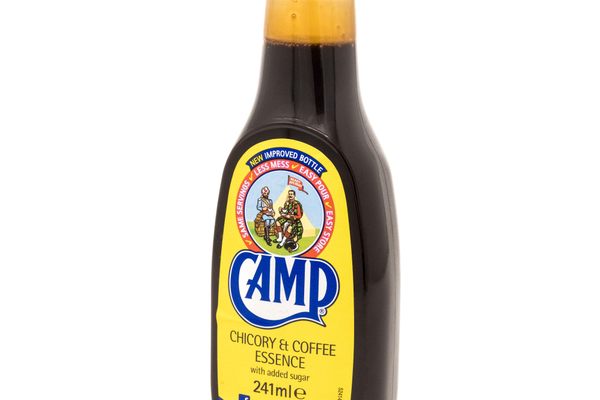Ingredients & Condiments
Heather Honey
A fragrant, difficult-to-harvest delicacy from the Scottish moorlands.
Heather grows in abundance on the Scottish moorlands. And each year in early September, when Calluna vulgaris is in bloom, many Scottish beekeepers take their bees north to the heather fields. It’s a short window of opportunity, with the purple-colored bloom lasting for just a few weeks, but it’s the only time to produce a Scottish delicacy: heather honey.
Producing heather honey is no simple task. Normally inactive at this time of year, the bees must be spurred on for the September harvest. As if this weren’t problematic enough, heather honey is also nearly solid in the hive. Technically, it’s thixotropic, meaning it’s thick when static but becomes less viscous and starts to flow when stirred or shaken. As a result, farmers often have to scrape heather honey out of the hive and press it through a sieve. Some even use a machine with a honeycomb pattern of needles that agitates the stiff honey in the comb.
The reward for all this extra effort is the highly-valued final product: a mildly sweet, intensely fragrant honey considered by many connoisseurs as the best of its kind. In most cases, the woody, slightly smoky honey is eaten without adornment, often spread on a piece of bread or toast, so as not to lose any of the rich flavor.
You can throw in a few embellishments, of course. In an interview with Saveur, chef Tom Lewis described his ideal way of enjoying this special honey: on sourdough toast with lightly warmed blackberries and a dram of 21-year Glengoyne whisky.
Written By
 Tony Dunnell
Tony Dunnell














